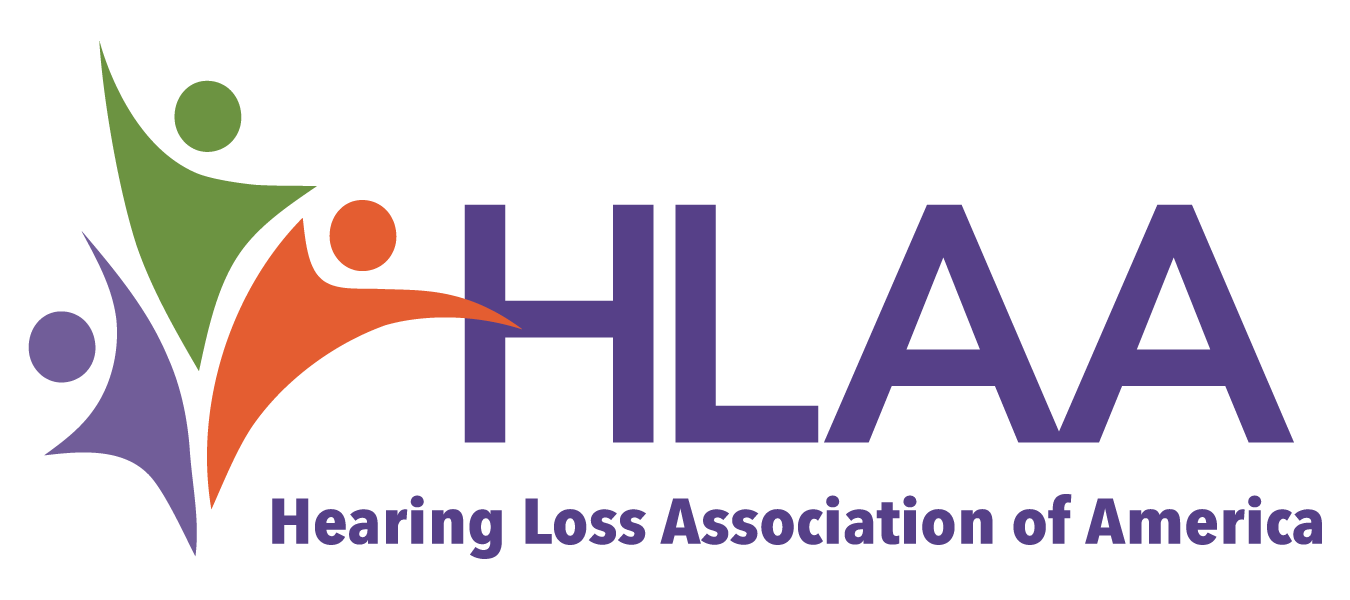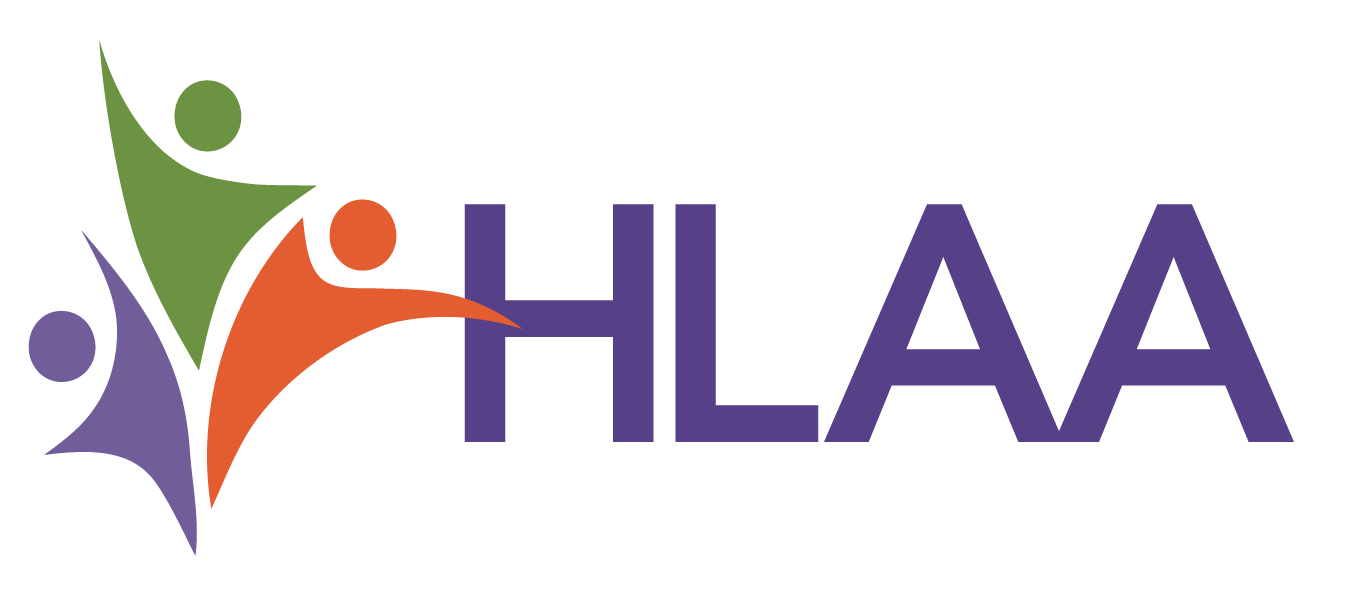Convention is held in Baltimore, MD. Julie Olson of WI becomes SHHH president of the board of trustees. The first half-day research symposium is a new and popular offering led by eminent physicians and researchers.
SHHH receives the gift of a sculpture of a family affected with hearing loss created by artist member Jeannine Fletcher of Florida.
Board of Trustees finalizes SHHH mission statement, which is incorporated into the SHHH information and membership brochure.
SHHH moves to offices nearby in an accessible high rise building and holds open house in March.
Member survey is completed providing data about members, their needs, and how they use technology information.
SHHH is contracted by the Rehabilitation Research and Training Center set up at the California School of Professional Psychology to focus on psychological well-being and adjustment issues of hard of hearing and late-deafened people.
Trustee Mark Ross, Ph.D., begins writing SHHH position/policy papers on issues relating to hearing loss. The first 3 are Cochlear Implants, Hearing Aids, and Residual Hearing and Inclusion of Hard of Hearing Children in Regular Classroom Settings.
With financial assistance from Oticon, SHHH launches a Better Hearing for Life program to increase awareness and understanding of SHHH and attract new members.
SHHH receives an Advance America Award from the American Society of Association Executives for the Hospital Access 2000 Program.
SHHH is mentioned in a Dear Abby column and receives 15,000 letters.
A booklet written by SHHH staff, Hearing Loss: How to Get Help, makes its debut. (Project is helped by a grant from ASHA)
Sorkin is appointed by President Clinton to the Access Board.
SHHH is advisor to American Airlines on improving air travel for people with disabilities. Also, joining other organizations with people with disabilities, SHHH submitted comments on airport access to the Dept. of Transportation.

